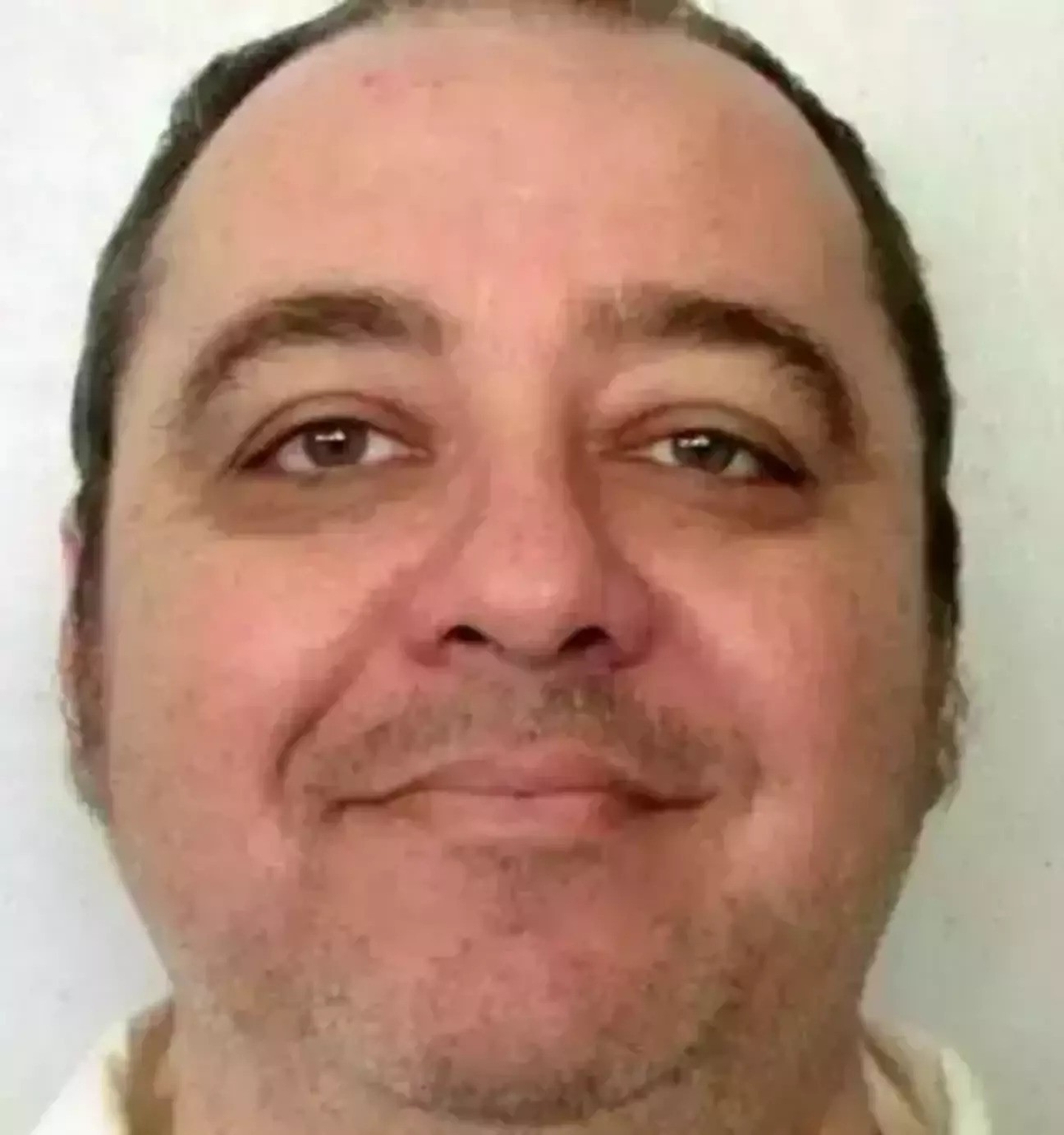Kenneth Eugene Smith, a death row inmate in Alabama, became the first person to be executed using a new and controversial method.
Kenneth Eugene Smith received a death sentence for his role in the murder-for-hire of Elizabeth Sennett in 1988.
Smith, along with another man, was found guilty of this crime.
It was believed that Elizabeth's husband, Charles Sennett, a pastor, hired them to kill her to claim a large insurance payout.
Elizabeth Sennett was brutally stabbed 10 times in her own home, with eight wounds to her chest and two to her neck, which ultimately led to her death.

After spending many years on death row, Smith was taken to the death chamber in November 2022 for lethal injection.
However, the executioners couldn't find a vein for the injection. They had to stop trying when the state's death warrant expired at midnight.
Smith's lawyers argued that using nitrogen gas, the new chosen method for execution, would violate the Eighth Amendment of the US Constitution, which guards against 'cruel and unusual' punishments.
Despite these arguments, the US Supreme Court, on Wednesday (24 January), decided not to consider Smith's appeal and rejected his request to stop the execution.
On 25 January, at 8.25pm CST, Smith was executed at Holman Correctional Facility, Alabama, using the nitrogen hypoxia method.

This method involves breathing in nitrogen through a respirator, causing death due to lack of oxygen.
During a court hearing in December, the state attorney's general office claimed this method would quickly render the person unconscious and cause death within minutes.
But experts like Joel Zivot from Emory University's School of Medicine raised concerns about the risks associated with nitrogen gas, including the possibility of seizures, vomiting, and death by choking.
The UN's High Commissioner for Human Rights also spoke out against this execution method, suggesting it could be seen as torture or inhumane treatment.
Nevertheless, the execution took place as planned. Smith was declared dead at 8.25pm, with the process taking a total of 22 minutes, as reported by witnesses.

In his final statement, Smith said, "Tonight Alabama causes humanity to take a step backwards. ... I’m leaving with love, peace and light."
He then made the 'I love you sign' with his hands toward family members who were present, saying: "Thank you for supporting me. Love, love all of you."
He also expressed his love to his family members who were there, thanking them for their support.
Reporters who witnessed the execution provided detailed observations about the new method's effects.
Marty Roney, a journalist from the Montgomery Advertiser, shared his observations, noting that from 7:57pm to 8:01pm, "Smith writhed and convulsed on the gurney. He took deep breaths, his body shaking violently with his eyes rolling in the back of his head".
Roney further described that "Smith clenched his fists, his legs shook ... He seemed to be gasping for air. The gurney shook several times."
As reported by these eyewitnesses, Smith's intense physical reactions were followed by a period of deep breathing, which gradually slowed down "until it was no longer perceptible for media witnesses".

